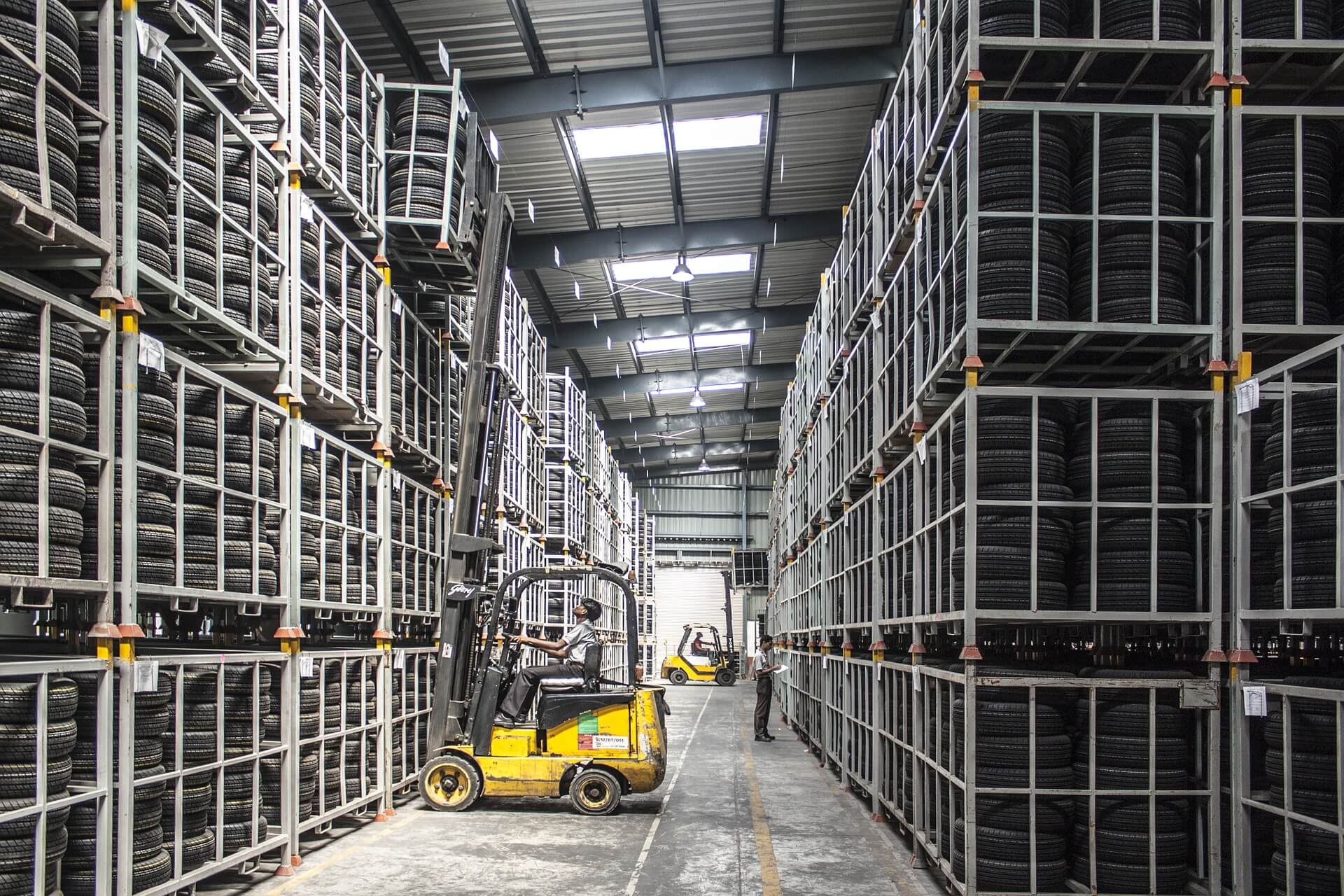Warehouses are a unique type of building, and as such, they have unique needs. Lighting is one such aspect. With such a huge surface area, as well as the general height of a warehouse, it might be quite the challenge to light one properly. Still, lighting remains incredibly important, as you’ll be performing a lot of heavy-duty tasks within it. Good visibility is key.
One of the best ways to illuminate a warehouse effectively is through the use of LED fixtures. They’re incredibly efficient and last for a long time, but they’re not exactly the simplest to implement over such a large space. Poorly arrange lighting can prove to be incredibly wasteful and costly. Here are some guidelines to keep in mind when attempting to light a warehouse.
Making lighting effective
In order to create a safe work environment, you need to carefully consider how you’re going to implement the lighting. Proper lighting can come a long way to improving work health and safety, as well as reduce the risk of accidents. We’ve already mentioned how LED lights are the most efficient means of lighting a warehouse, but it’s how you implement those that really makes a difference.
Poorly arranged lighting will only serve to waste energy and reduce the amount of light that actually comes into your warehouse. You need to have a proper strategy before you go into installing the lights. Make sure that you are absolutely certain where you want to install the racking – you need your lights to do around the shelves rather than end up on top of them, where they’ll illuminate nothing of use at all.
LEDs carry a lot advantages that regular lights don’t. They can be dimmed easily, so you can combine that with localized presence detectors to ensure that you get the desired amount of light at exactly the moment and place that you really need it, saving you energy. LEDs also allow you to link the lighting to software that will allow you to monitor exactly how your lights are working.
When it comes to the lighting itself, you’ll probably need to go a bit further than simple LED strips, as we’re talking about large, vast areas. High bay lights would be a much better choice for something as tall as a warehouse, as they have a good reach and will keep the floors illuminated even when mounted on the high ceiling.
Taking the proper safety measures
Ensuring that your LED installations provide sufficient lighting is one of the most important ways in which you can achieve a safe work environment. In order for the warehouse to be safe, you need to take into account the unique needs of a warehouse. A dimly lit workspace is a potential hazard, and a warehouse has a great amount of workspace that can potentially be difficult to light. Light distribution becomes crucial, then. A standard LED channel or lighting strip will not be enough – what you need is a narrow beam angle that will focus specifically on the aisles. That way you not only conserve light by not illuminating dead space, but you can also maximize the amount of light that is actually needed.
Another safety issue connected with lighting is glare. When looking up at the racks, which machinery operators will do frequently, there’s always the risk of looking directly at the light, causing what is called a glare, which may result in momentary loss of visibility. Needless to say, this is very dangerous whenever it happens. Thankfully, if you’re already installing LED lights, this is a non-issue, as they completely eliminate glare.
Frequently Asked Questions
How many lumens do you need for a warehouse?
Lumens are a unit of measurement that specifically deals with the amount of light the bulb puts out. Essentially, the higher the lumen count, the brighter the bulb. When picking out a bulb, you need to consider how much light you need for your space. It’s important to not overdo it, as too much light can be blinding. For work spaces, it’s estimated that you need 50 lumens per square foot. In order to determine how many lumens you need, you need to calculate the surface area you’ll want illuminated.
How many lights should there be in a warehouse?
This entirely depends on the size of your warehouse and its height. For a 17-feet-high warehouse, you’ll most likely want 100 watts or 150 watts with a 120 wide angle. High bay lights will be your best choice and you should install them every 8 to 14 feet – how many lights that will give you depends on the surface area of your warehouse. Aside from that you may want to install some additional lights for basic lighting, i.e. light that isn’t directly responsible for lighting the work space.
How many high bay lights do you need?
High bay lights are the most efficient way to illuminate warehouses due to their luminescence and reach. Typically, for a 17-feet-tall warehouse, you’ll need to install a bay light every 8 to 14 feet of the warehouse surface. 150 watt lights have a wider angle, so you can spread them farther away, meaning you’ll need less of them. In the end, though, it all comes back to the size of your warehouse.




